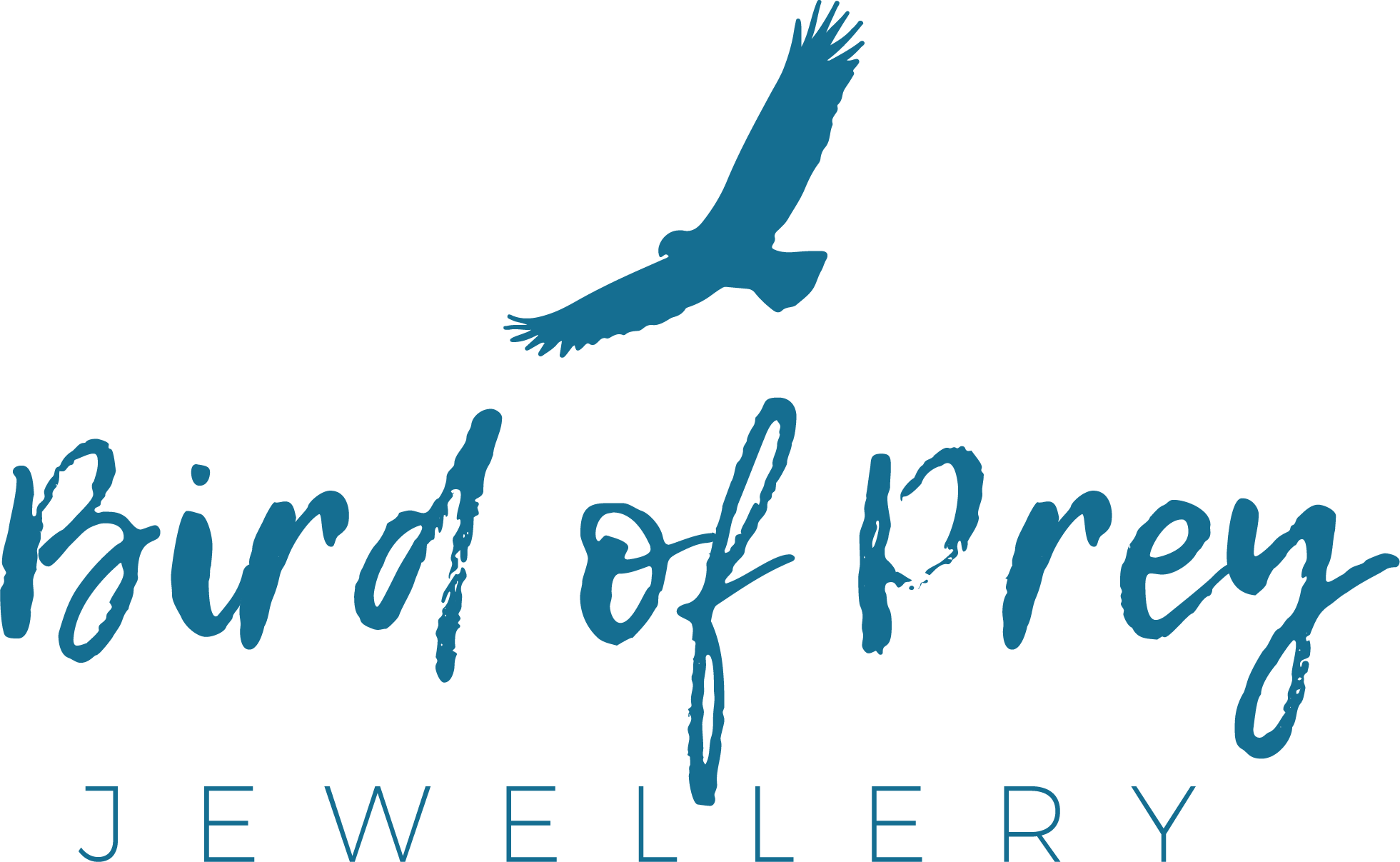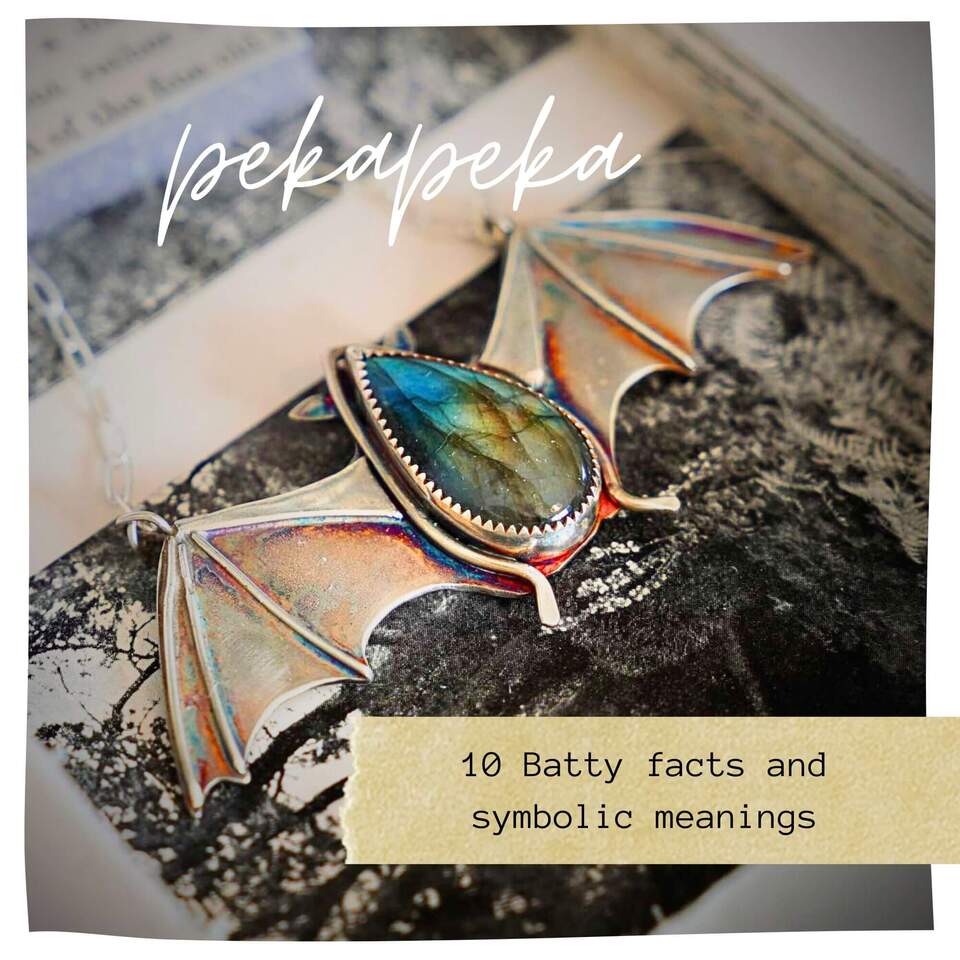10 Amazing Facts About the New Zealand Pekapeka and Bat Symbolism.
Explore Pekapeka Bat Symbolism
Bats are fascinating creatures that have been around for millions of years. They're the only mammals that can fly and play a vital role in the ecosystem by pollinating plants, dispersing seeds, and controlling pests.
Bats are rich in symbolism and mythology, with different meanings and messages across cultures and times. In this blog, we'll explore ten amazing facts about New Zealand bats and bat symbolism, and how they can inspire us to live more harmoniously with nature and ourselves.
1. New Zealand has two native bat species: the long-tailed bat and the short-tailed bat
New Zealand is home to two endemic bat species, the long-tailed bat (Chalinolobus tuberculatus) and the short-tailed bat (Mystacina tuberculata). Both are endangered and face habitat loss, predation, and disease threats.
-
The long-tailed bat is small and brown, with a wingspan of about 28cm. It roosts in tree cavities and feeds on insects in the air.
-
The short-tailed bat is larger and darker, with a wingspan of about 40cm. It roosts in caves and hollow trees and feeds on insects, fruits, nectar, and pollen on the ground. The short-tailed bat is one of the few bats worldwide that can walk on all fours, using its folded wings as forelimbs.

2. New Zealand bats are ancient and unique
New Zealand bats belong to an ancient lineage that diverged from other bats about 50 million years ago. They are the only surviving members of their suborders and have evolved many unique adaptations to their isolated environment.
-
For example, the short-tailed bat has a special gland on its lower lip that secretes a sticky substance to help it collect pollen. It also has a reduced thumb and a long claw on its second finger, which it uses to grip and climb.
-
The long-tailed bat has a distinctive echolocation call that sounds like a series of clicks. It can adjust the frequency and duration of its call to suit different situations, such as hunting, navigating, or communicating.
3. New Zealand bats are culturally and ecologically important
Bats have a special place in the culture and ecology of New Zealand. They are considered taonga (treasures) by the Māori people, who call them pekapeka. They are associated with the god of the forest, Tāne, and the goddess of death, Hine-nui-te-pō.
Seen as guardians of the night and symbols of rebirth and transformation, bats are also essential for the health and diversity of the forest.
They pollinate native plants, disperse seeds, and control insect populations. Some plants, such as the woodrose (Dactylanthus taylorii), depend entirely on bats for survival.
4. Bats symbolise wisdom and intuition
Bats can navigate and hunt in the dark, using their senses of hearing and echolocation. They perceive their surroundings in ways that humans cannot, and adapt to changing environments and situations.
Bats are often seen as symbols of wisdom and intuition, reminding one to see beyond the surface and trust one’s inner guidance.
Bats can teach us to embrace the unknown, the mysterious and to explore the hidden aspects of ourselves and the world.
5. Bats are symbols of luck and prosperity
Bats are considered auspicious animals in many cultures, especially in China and other parts of Asia. The Chinese word for bat, fú, sounds like the word for fortune, and they're often depicted in art and architecture as emblems of luck and prosperity.
Bats are also associated with longevity, happiness, and abundance, as they can live for decades and produce many offspring.
Bats symbolise the blessings of the five elements: wood, fire, earth, metal, and water, as they can fly, hang, burrow, cling, and drink.
Bats inspire us to attract and appreciate the abundance and joy in our lives and to share our gifts with others.
Emblematic of longevity this bat medallion robe, would have been worn to celebrate a birthday or anniversary.

6. Bats symbolise courage and resilience
Bats are amazing survivors who have endured many challenges and changes throughout history. They have faced natural disasters, climate change, human interference, and diseases, yet they have persisted, so far.
Bats are fearless and adventurous, venturing forth every night to explore and hunt in the dark.
As symbols of courage and resilience, bats represent the ability to overcome obstacles and difficulties and embrace change and growth. Bats teach us to face our fears and challenges confidently and optimistically and find opportunities and solutions in every situation.
7. Bats are symbols of community and communication
Bats are highly social animals that live in large colonies, called roosts. They communicate using various sounds, gestures, and behaviours, such as squeaks, clicks, chirps, and wing flaps. They also cooperate and share information, such as the location of food sources, predators, and roosts.
Bats are often seen as symbols of community and communication, representing the importance of social bonds, interactions and the benefits of collaboration and cooperation.
Bats teach us to listen and communicate effectively and to respect and appreciate the diversity and individuality of others.
8. Bats are symbols of balance and harmony
Bats are creatures of duality, embodying the qualities of both mammals and birds and the energies of both day and night. They're also creatures of transition, as they emerge at the half-lights of dusk and dawn, the times of change between light and dark.
Bats are symbols of balance and harmony, representing the integration and equilibrium of opposites and the cycles and rhythms of nature and life.
Bats teach us to find and maintain balance and harmony in ourselves and our surroundings and to embrace and celebrate existence's diversity and complexity.
Half-light Pekapeka Pendant with Labradorite gemstone
9. Bats are symbols of creativity and inspiration
Bats are incredible innovators and creators, as they have developed many unique and specialised features and functions to suit their needs and environment. They inspire the imagination, influencing many art forms including jewellery, literature, and mythology throughout history.
Bats are symbols of creativity and inspiration, as they represent the ability to invent and express oneself in original and meaningful ways, and to draw inspiration from various sources and experiences.
Bats teach us to unleash and nurture our creative potential, and to follow our passions and dreams.
Associated with elements of fantasy and the spirit realm, including witchcraft, enchantment.and vampirism.
10. Bats symbolise love and compassion
Bats are caring and affectionate animals that form strong and lasting bonds with their mates, offspring, and roostmates. They groom, cuddle, and comfort, helping and supporting one another in times of need.
Nurturing bats are often seen as symbols of maternalism, love and compassion, representing the ability to give and receive kindness, caring for oneself and others. In Asia bats symbolise the maternal aspect of the great goddess. A bat mother can echo-locate and reunite with her offspring in a nursery cave of millions.
Bats teach us to open our hearts and minds and to express and appreciate the love and compassion in our lives.
I hope you enjoyed this blog and learned something new and interesting about New Zealand pekapeka and bat symbolism. Bats are truly amazing and inspiring animals that deserve our respect and protection. They can also teach us many valuable lessons and insights helping us live more fulfilling and harmonious lives.
Thank you for reading, and remember to watch out for and appreciate bats in art and the natural world!

Blogs you may also like...
Credits and references:
Bing
https://www.doc.govt.nz/nature/native-animals/bats-pekapeka/ long and short tailed bat images
https://printsofjapan.wordpress.com/2012/04/12/i-am-going-bats-bat-batty-bats-part-one/
The Book of Symbols - Taschen.






